Worried About Hibiscus Disease? 5 Common Problems To Watch Out For
Hibiscus disease can lay waste to some of the garden’s most delightful tropical plants. If you’re concerned, act fast – with this guide to the five most common
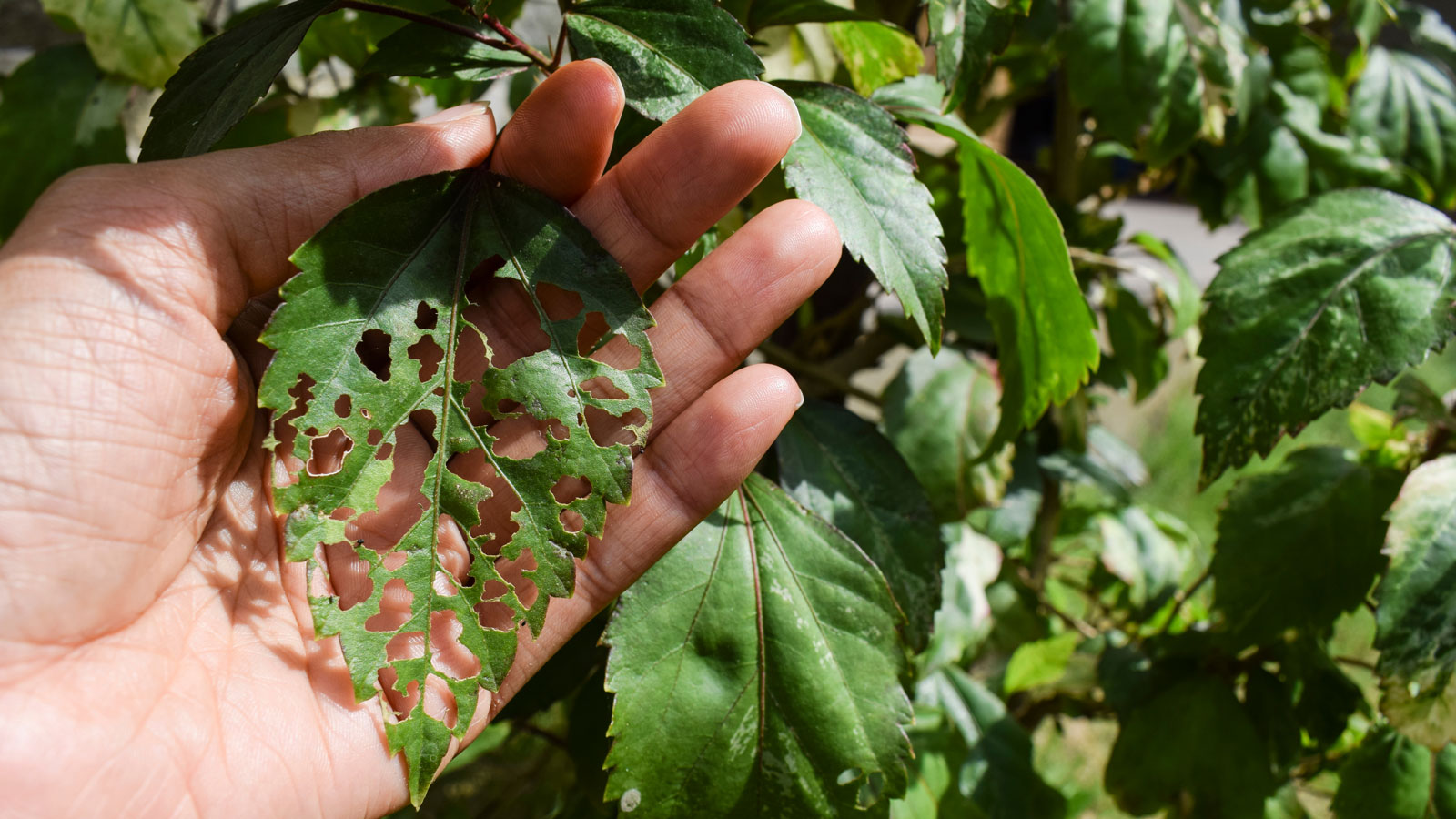

Hibiscus disease is a cause for concern for those who grow these beautiful plants, known for their dazzling color and tropical vibe. Hibiscus is a much-welcomed addition to containers and the landscape. Though many types can be found growing only in frost-free climates, their hardy counterparts make the plant an attractive option for gardeners living outside these regions, as well.
Established shrubs are generally considered trouble-free, and are easy to grow. With the right hibiscus care, you should hopefully minimize the risks of problems. However, gardeners should keep a keen eye out for some of the most common hibiscus diseases and their symptoms. Here’s how to identify and tackle five big problems with hibiscus plants.
What is Wrong With My Hibiscus Plant?
A sudden change in appearance can be a sure sign of trouble in even the healthiest hibiscus plant varieties. Experienced growers know the importance of prevention and catching infection early, should they want to maintain a thriving garden. But accurately diagnosing hibiscus plant disease isn’t always as easy as it seems.
Environmental factors and cultural conditions play a role. It is for this reason that it is so important to become familiar with several of the diseases that may have the most impact on these shrubs. Below, we’ll take a closer look at five common diseases of hibiscus plants most frequently observed in the home garden and their treatment.
1. Hibiscus Leaf Spot
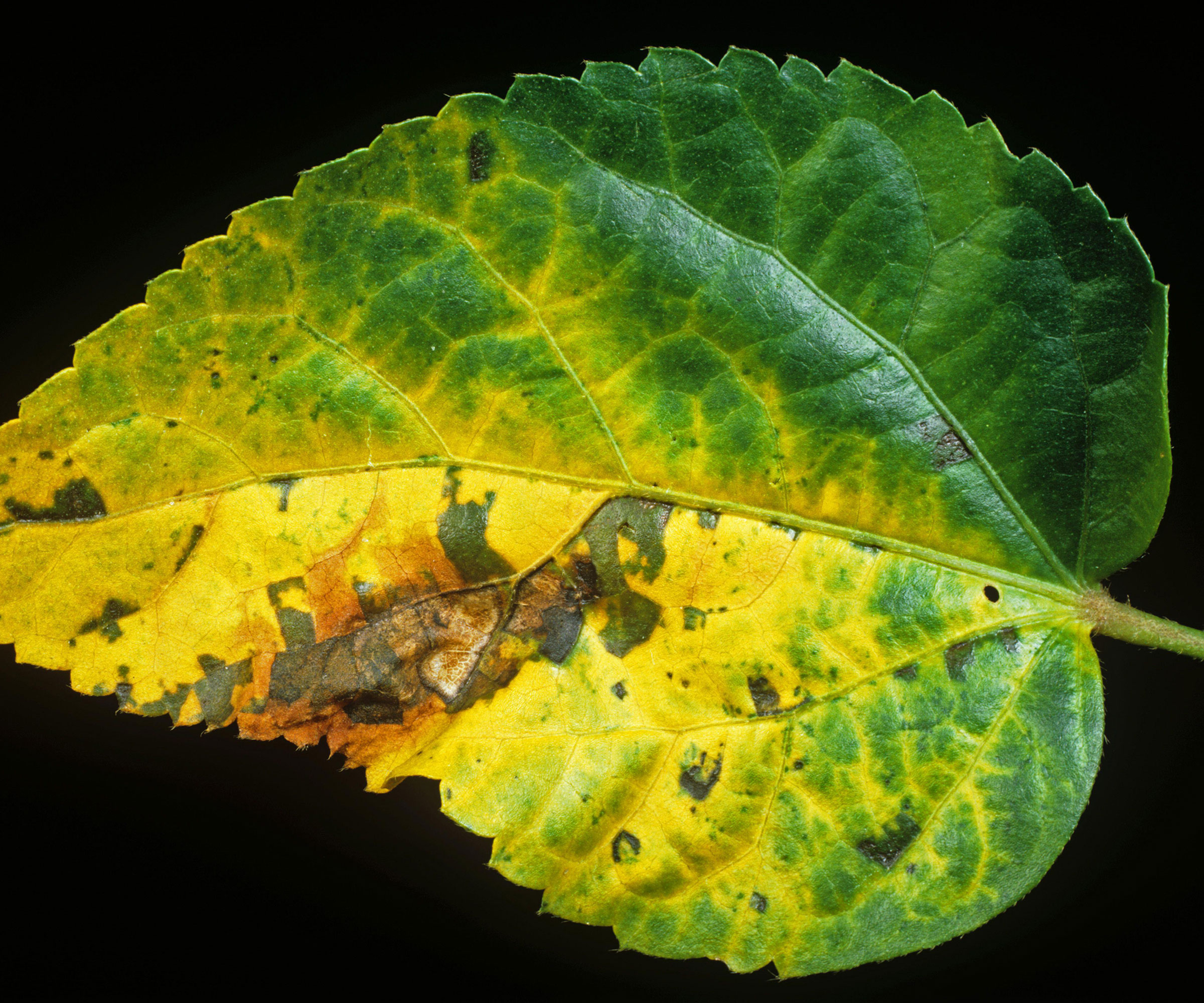
Experienced gardeners are likely to be quite familiar with the term leaf spot. In hibiscus plants, the disease is most often linked to the pathogen Pseudomonas cichorii. A diseased hibiscus plant is prone to infection in regions where rainfall is significant. High humidity and improper watering techniques, such as the frequent wetting of foliage, can also play a role.
Leaf spot is best identified by its characteristic lesions: dark spots, surrounded by a lighter yellow halo. Though minor instances of leaf spot can be controlled, we stress the importance of prevention. This includes making certain that new plants or plant cuttings are free of disease, and making sure you are using good watering and garden sanitation techniques.
2. Botrytis Blight
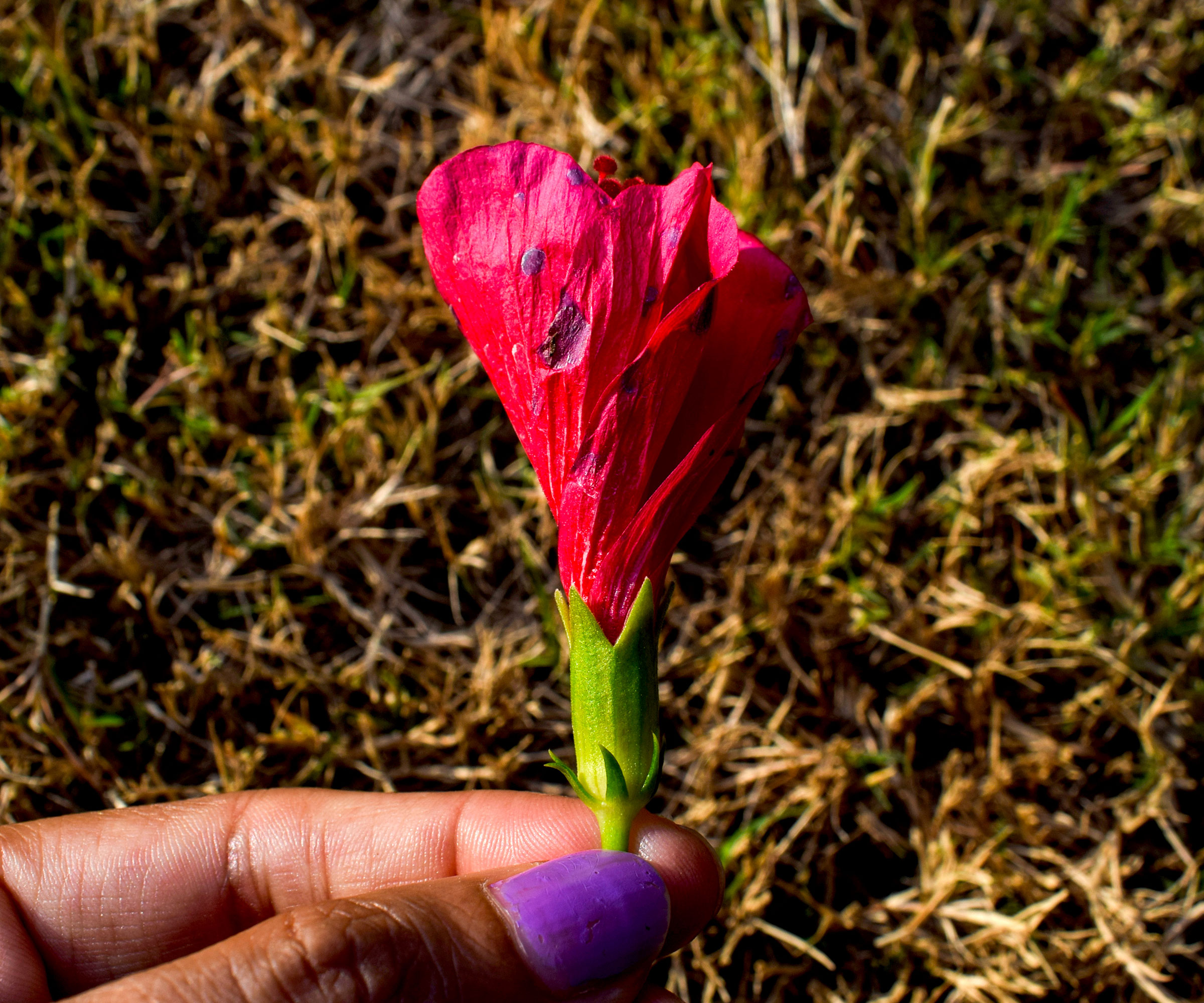
Also known as gray mold, botrytis blight in hibiscus plants is caused by fungi, Botrytis cinerea. Hibiscus plant diseases of this type most commonly affect flower buds, distorting growth and covering each with a grayish fuzz. Fortunately, the problem is seldom severe.
Sign up for the Gardening Know How newsletter today and receive a free copy of our e-book "How to Grow Delicious Tomatoes".
Infection can be prevented, with growers making certain to allow for adequate airflow between plants. Deadheading, or the removal of faded flowers, is also beneficial. Plant matter showing signs of the disease should be clipped and removed from the garden immediately. Should the problem persist, the use of a fungicide may be necessary.
3. Dieback Disease
Problems with hibiscus plants often coincide with changes in growing conditions. Such is the case with dieback disease. Dieback occurs when damage to the plant has allowed fungus or bacteria to enter the stem. Foliage will then begin to wilt, as it cannot sustain growth beyond the injury.
Over time, the entire stem will begin to change color and rot away. If you suspect this hibiscus disease, removing broken or damaged stems is key to the control of dieback and to making certain the infection does not persist. All debris should be removed from the garden and disposed of to prevent its reintroduction.
4. Hibiscus Wilt Disease
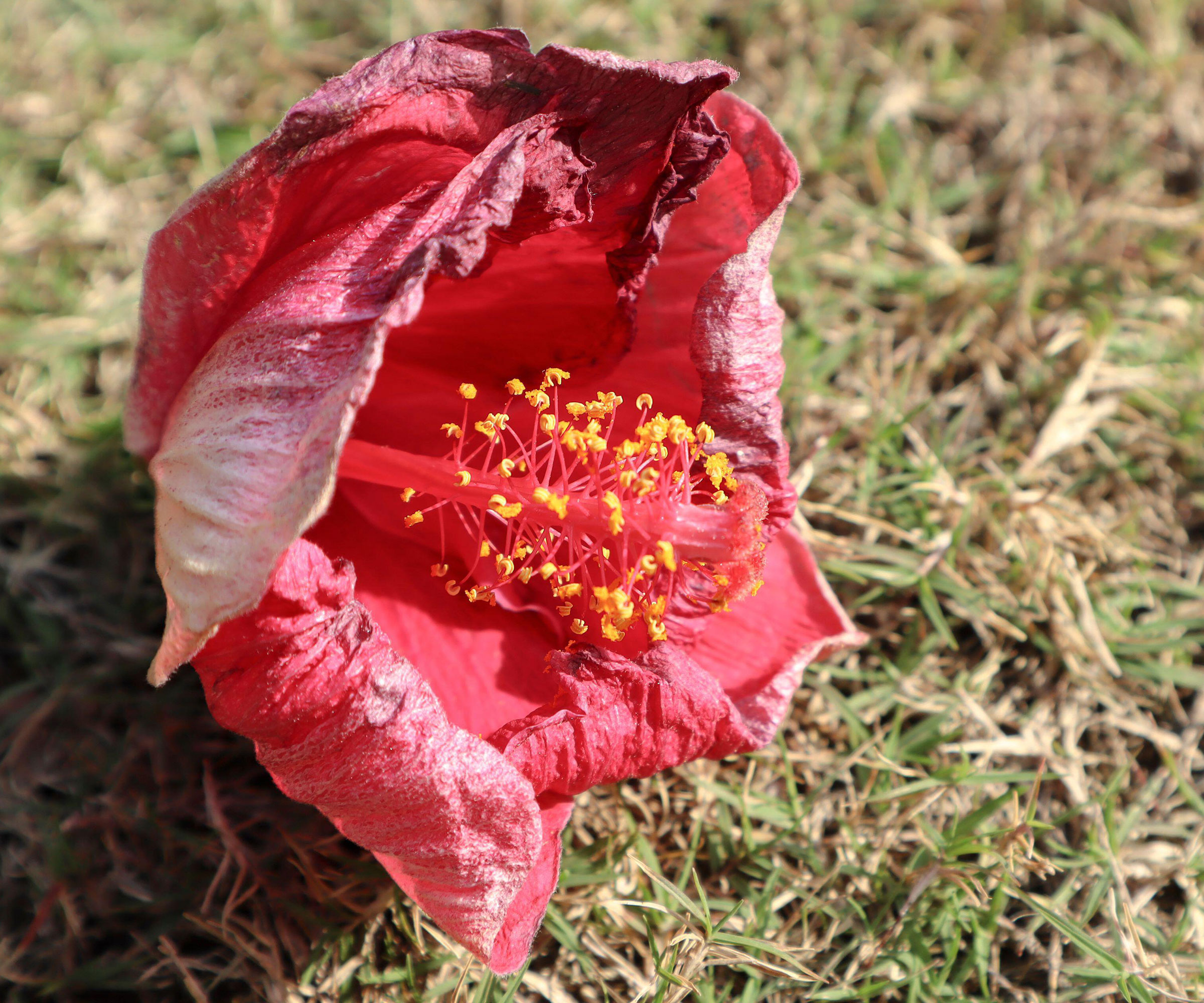
Hibiscus plants may wilt for a variety of reasons. While sudden changes of weather or overwatering may be the culprit, one cause is much more serious: hibiscus wilt disease. In infected plants, pathogens prevent the root system from functioning properly. This obstructs the distribution of water and nutrients throughout the plant.
Early signs of infection include veiny foliage and pale or distorted leaves. Though some growers have found success digging and treating the roots of plants, the process is difficult and is often unsuccessful.
5. Powdery Mildew
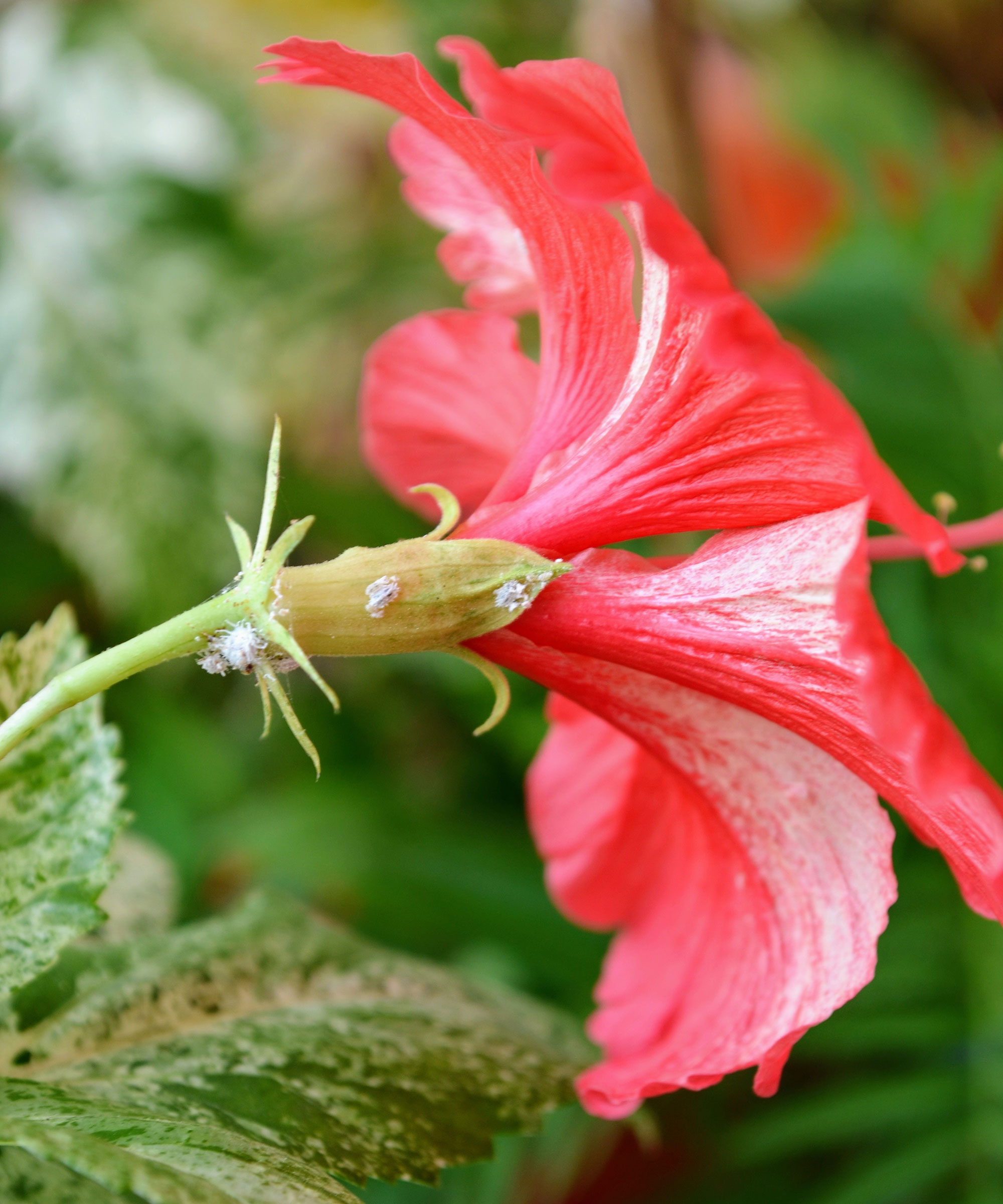
Like many garden plants, powdery mildew may be prevalent where conditions are ideal. The arrival of cooler weather in late summer often contributes to its spread. Growers who suspect this hibiscus disease may first notice spores on the surface of leaves, causing them to take on a white, powdery appearance.
Left untreated, infections may spread quickly, covering the entire plant. Though mildew only seldom leads to serious problems, its presence can greatly impact the appearance of flowering beds. Infected plant matter should be removed from the garden promptly, as soon as symptoms appear to prevent its spread.
Frequently Asked Questions
How Do You Revive a Dying Hibiscus?
Before attempting to revive a dying hibiscus, first determine the exact cause. Making certain the needs of each plant have been met will help to rule out cultural factors, and allow for a clearer diagnosis. Some of the most common causes of wilt include dieback disease and hibiscus wilt disease.
Why Are Hibiscus Buds Falling Off Unopened?
Hibiscus are most likely to drop flower buds when the plant is stressed. This may occur for a variety of reasons, though insect pressure is most often the cause. Gall midge, thrips and other pests often feed on flowers, resulting in distorted growth and premature drop. Other explanations include nutrient deficiencies or sudden changes in temperature.

Tonya Barnett has been gardening for 13 years. Flowers are her passion. She has transformed her backyard into a cut flower garden, which she regularly chronicles on her YouTube channel http://www.youtube.com/@tonyawiththeflowers.